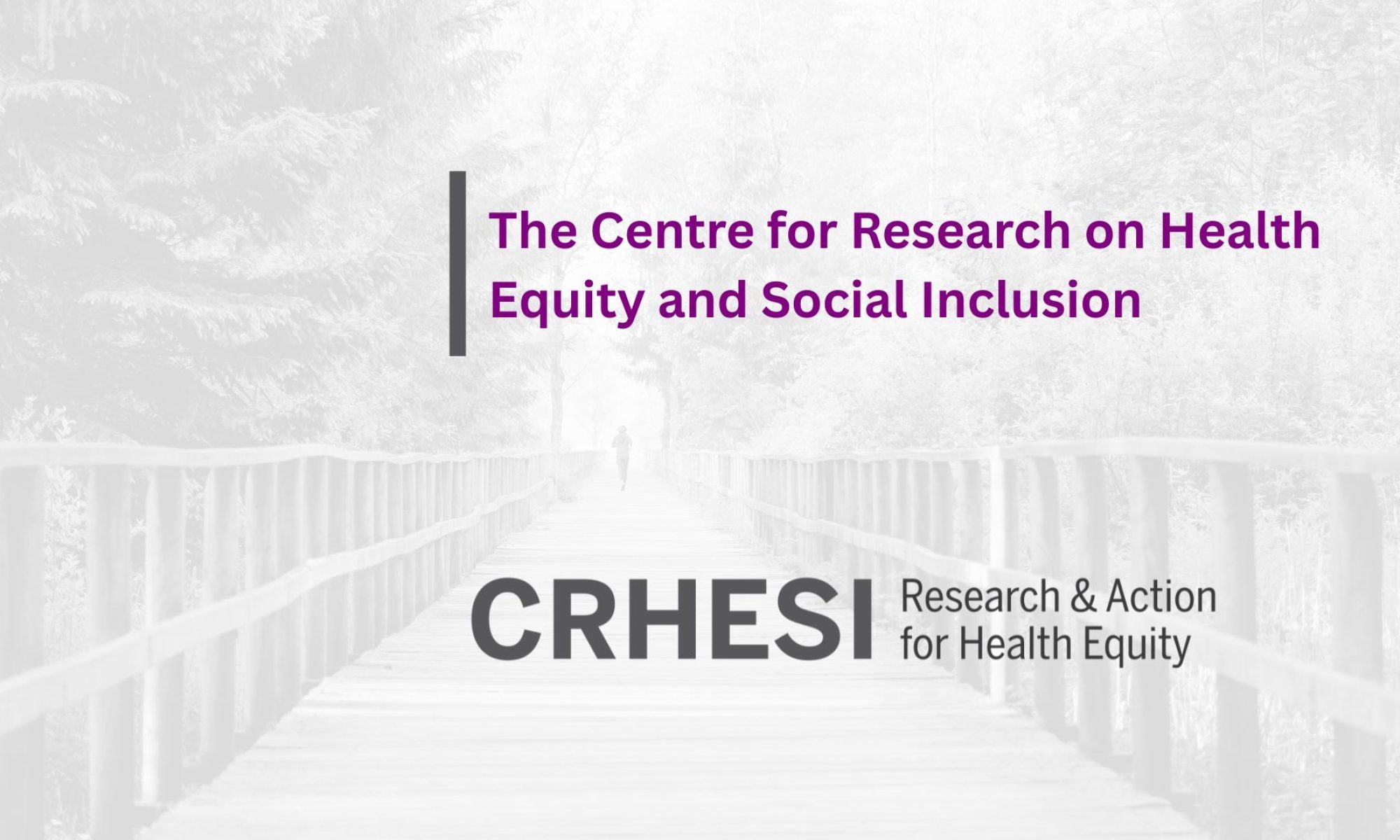
Image from https://blogs.ufv.ca/chasi/2021/09/29/addressing-the-challenges-of-food-insecurity/
In this series Food Insecurity Affects Us All – A 360 Degree View of the Issues, we have explored myths about food insecurity and the impacts on college & university students and broader London neighbours and community members. We are indeed all affected. In this blog, I share recommendations from Western student leaders and from community leaders.
Action at multiple levels and across systems is needed to address this complex health and social equity problem
Graduate Students Needs
“The roots of food insecurity stem from graduate funding packages that no longer reflect the increased cost of living (housing, food, and essential items). The policies and decisions made by our provincial and federal government are affecting our graduate student body.”
Kesavi Kanagasabai, Society of Graduate Students (SOGS) Vice President Student Services.
Kanagasabai told me, “There is a lot of stigma associated with people who decide to pursue higher education, often people wonder why those who pursue graduate schooling do not enter the workforce. Our society requires you to have graduate education to get a decent entry-level paying job. There is a statistic, which shows that women on average tend to go for more degrees as being more qualified than the average man, and that is something that I think people do not account for.”
Graduate education means more financial burden.
To background this issue, graduate students are funded generally in the following ways:
1) Research fellowships, where funds are allocated through research grants, usually Tri-Council Canadian government research agencies or other external sources of funding obtained through their supervisor’s work
2) Scholarships
3) Other part-time employment, such as through teaching assistantships (TA).
However, it is important to note is that Tri-Council research funding has not increased in step with current economic and social needs. For example, the funding allocated through Social Sciences and Humanities Research Council (SSHRC) has not increased in 2 decades. The freezing of research funds significantly affects the compensation of graduate students for their research work.
As I explored in Food Insecurity: A Hidden Issue on Campus, approximately 1 in 10 graduate students are facing the effects of food insecurity. To respond, SOGS voted to increase the graduate student foodbank allotment from $75 (and $25/dependent) to $100. Following this organizational response, SOGS further advocated for increased graduate student financial aid from Western’s Provost and School of Graduate and Postdoctoral Studies to support not only the food bank, but to stand by their commitment to student health, wellness, and overall academic success. SOGS’ leadership using evidence-based survey research and community petition to reform graduate student funding at Western, in addition to collective action efforts (i.e., public rally) provided by Western’s Graduate Teaching Assistant and Postdoctoral Union (PSAC Local 610) garnered the university’s attention toward food insecurity and housing needs among the graduate community during the winter term.
Western Administration Responds
SOGS’ advocacy, led by the Executive team, resulted in the graduate community receiving the largest investment to date from Western. Initially, a 3-year $500k emergency needs-based graduate student bursary program was offered. However, following further negotiations and collaborative efforts between the Provost’s leadership team and the SOGS Executive in a joint Graduate Student Affordability Working Group, which included hosting a Graduate Funding Town Hall, the bursary program commitment was tripled resulting in a $1.5 million contribution from Western over the next 3-year budget cycle.
While this contribution was well received by the broader Western community, Danica Facca, the 2022-2023 SOGS President, says that this issue requires a larger conversation; “While the funding is welcome, and will likely provide a much-needed lifeline to students, longstanding issues need to be addressed.
Facca elaborates, “Once the bursaries are depleted, what does that mean then? [T]hese larger structural pieces need to be addressed with severity and seriousness. Structural issues include the transparency behind the makeup of graduate funding packages and the opportunities graduate students have to be supported by their program/faculty at both the master’s and doctoral level of study. While the current minimum funding guarantee for doctoral students is $20,000 per year over four years, and includes paying out for tuition and ancillary fees, funding support that is paid out to graduate students across campus varies according to each faculty as it is dependent on their internal funding and external funding circumstances. Some faculties, like those in science, receive more robust funding from tri-council agencies and external organizations which results in larger budgets to go towards supporting graduate student trainees and research work. This faculty-based system, regardless of a minimum funding guarantee, perpetuates inequity across graduate programs at Western. Higher guaranteed funding packages, inclusive of tuition and ancillary fees, across master’s and doctoral programs would allow graduate students to avoid taking out loans or working a second job, and keep them about the poverty line.”
Kevin Moore, the 2022-2023 SOGS Vice President Academic agrees and suggests the $1.5 million bursary program commitment is the start of a necessary overhaul of graduate student funding, “ [T]he allocation of these funds will be important so things like childcare subsidies and food banks but again, I wouldn’t classify these as solutions rather it is a start in helping members who are in dire need for these resources.”
Facca adds, “The university should commit to making ‘full-ride’ scholarships for unfunded programs for students from equity-deserving groups.”
Kanagasabai alsosuggests prioritizing based on need. “When graduate housing infrastructure is put in place to support the growing student population, these units should be available to students in need rather than on a first-come first-serve basis. This is ensuring students from marginalized communities and financial precarities are being supported and given equal opportunities.”
Student Leaders Call for Multifaceted Approaches to Solving Food Insecurity on Campus
Facca suggests, “ [A] multifaceted approach to solving health inequities like food insecurity should intersect at the level of financial and institutional policy changes.”
Facca recommends the following to address food insecurity among graduate students:
- Update funding packages and stipends to make them commensurate with inflation rates to improve overall quality of life and financial circumstances.
- Invest in needs-based financial support programs within post-secondary institutions, with attention given to those students from equity-deserving groups who face additional barriers to accessing higher education.
- Offer peer-based/student-led community food support programs within private spaces away from undergraduate students and faculty (with whom graduate students work with or instruct) so they can access financial supports like gift-cards in order to go out and independently purchase products that are best for their dietary, cultural, and personal needs without being bound to a limited option of non-perishable items.
- Invest in on-campus community-based kitchen spaces where graduate students can bring food to prepare, as well as space where small groups can prepare meals together, which can increase access to nutritious food, build community, combat social isolation, and offer an alternative to emergency food relief programs.
Community Leaders Call for System Level Targets and Action
In the blog, A Conversation about Food Insecurity at Crouch Neighbourhood Resource Centre in London Ontario, we explored the human side of food insecurity in the community. The London Community Foundation recently hosted a Vital Signs conversation about Food Insecurity with community leaders to talk about their ideas on solutions. Below are a few ideas.
The Vital Conversation: Food Security video is available to watch and listen to the full discussion.
The panelists validated what I have been hearing from campus to community. Becky Ellis from Urban Roots London, a non-profit organization that supports innovative urban agricultural models said, “People need to be able to afford food. [W]e need affordable housing and all levels of government have to take this very seriously. We also need, I believe, increases to social assistance, to ODSP and to minimum wage.”
I was also impacted by Sarah Stern’s comments. Stern is from the social impact program of Maple Leaf Foods – the Maple Leaf Centre for Food Insecurity – and talked about food policy in Canada, emphasizing that it is the responsibility of government to ensure that everyone has access to food.
Stern said, “I think our number one push is that this government needs to set a target to reduce food insecurity. If you set a target, it promotes cross-departmental working groups that have to be working together and it trickles down. Right now, we have a food policy for Canada that talks about food insecurities going in the wrong direction so it’s an indicator but not an outcome. So, we really think we need a target to reduce food insecurity to align action.”
Stern’s comments pointed me to the potential of the Canada Disability Benefit legislation, which has passed a third reading in the House of Commons and is at the level of the Senate. If it passes it will become law and support working age Canadians with disabilities. This is important because 50% of people in Canada who are food insecure have a disability. The proposed benefit would stack on top of provincial benefits and potentially alleviate financial strain.
Recently the federal budget was announced and included a grocery rebate for low-income Canadians. While this top-up may show that government recognizes the need for more income specifically due to food insecurity, some say it does not go far enough to address the root issues.
I am struck by the similarity of the actions by a large university institution and the federal government; both have the right ideas but don’t yet go far enough to address food insecurity.
Written by Samantha Campanella
More information:
A news media article covered the commitment of $500K that Western University made for struggling grad students.
The Western SOGS twitter account reposted CBC’s announcement on $500K commitment at Western University
The PROOF Food Insecurity Policy Research website has information about how to reduce food insecurity in Canada.
The London Community Foundation hosted A Conversation on Food Insecurity.
This series was developed by Samantha Campanella and Hooria Haider, Western University, Health Sciences Students, Community Engaged Learning placement with CRHESI. Christine Garinger, CRHESI Coordinator, was series editor.

